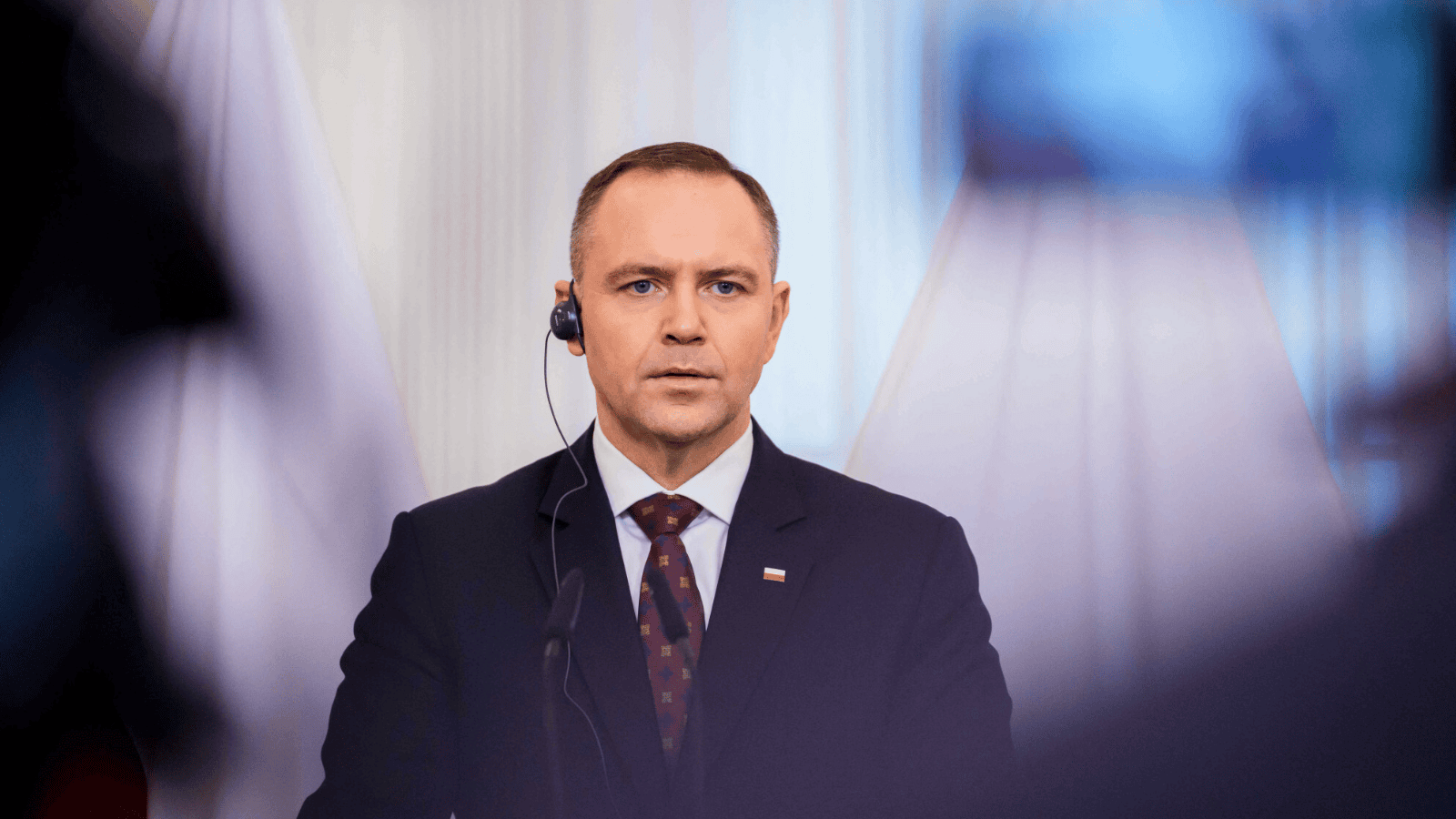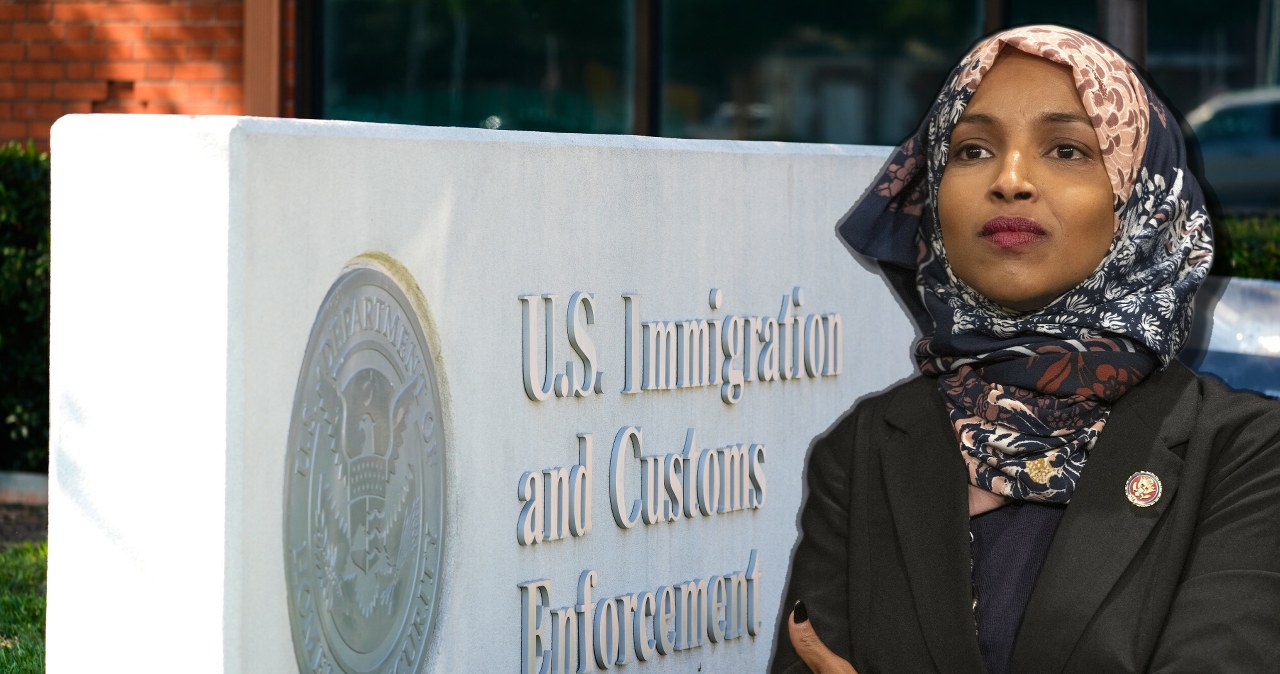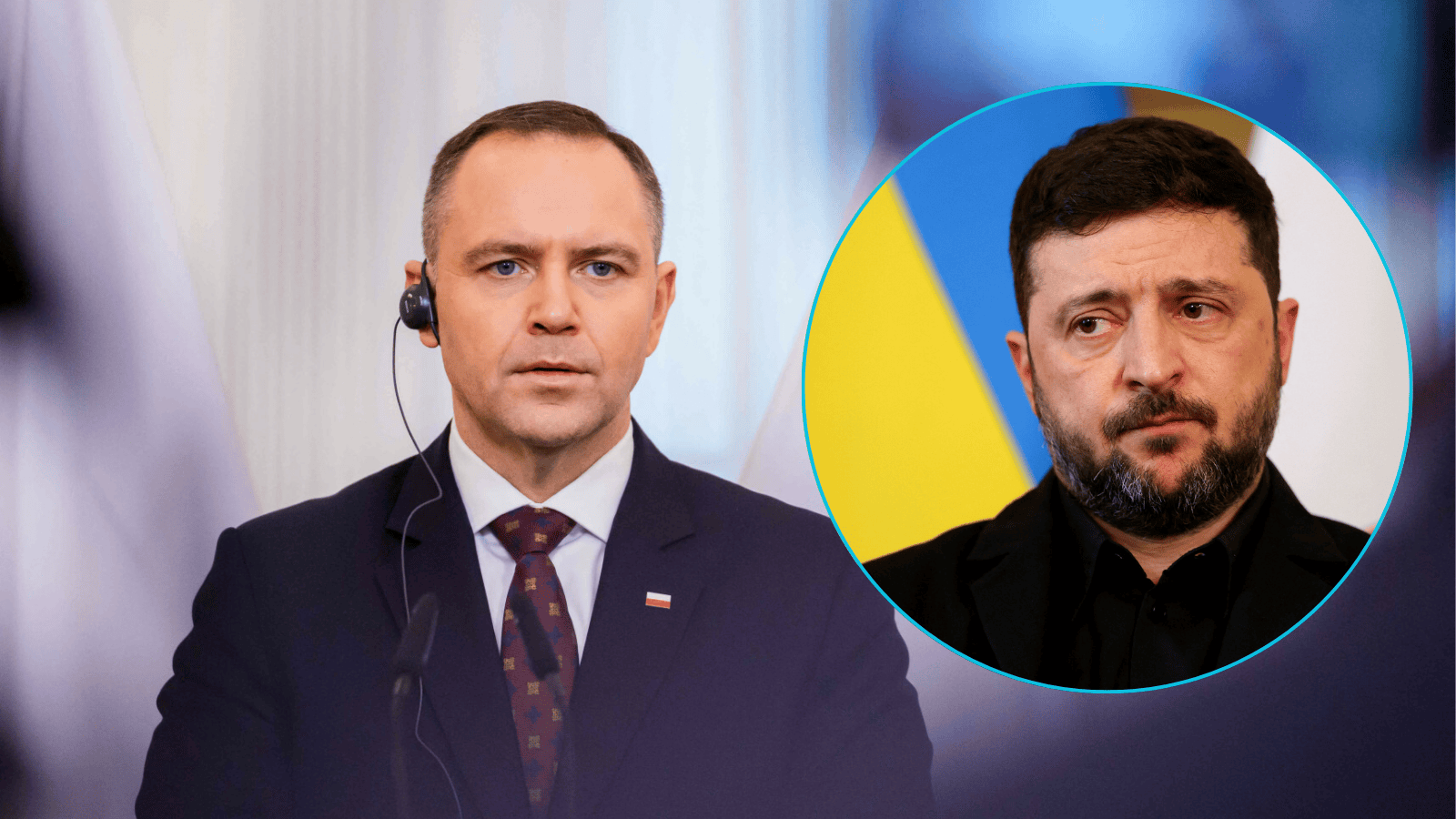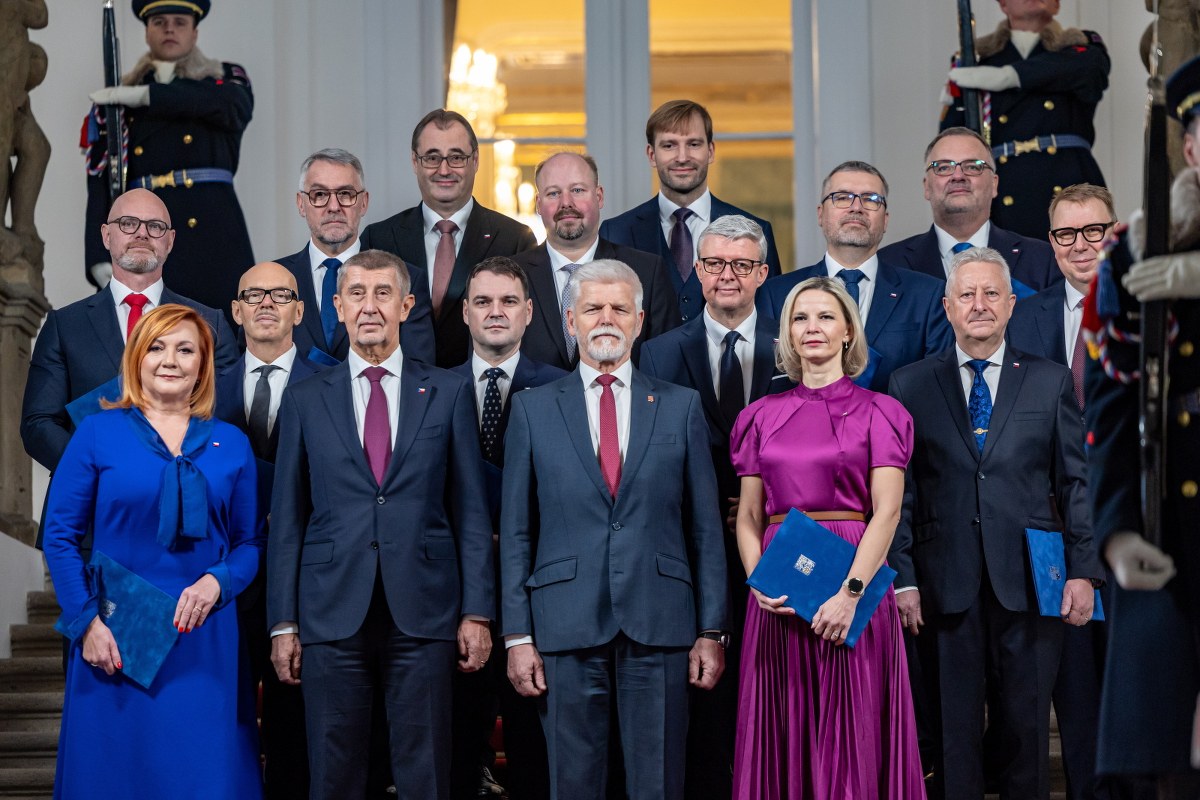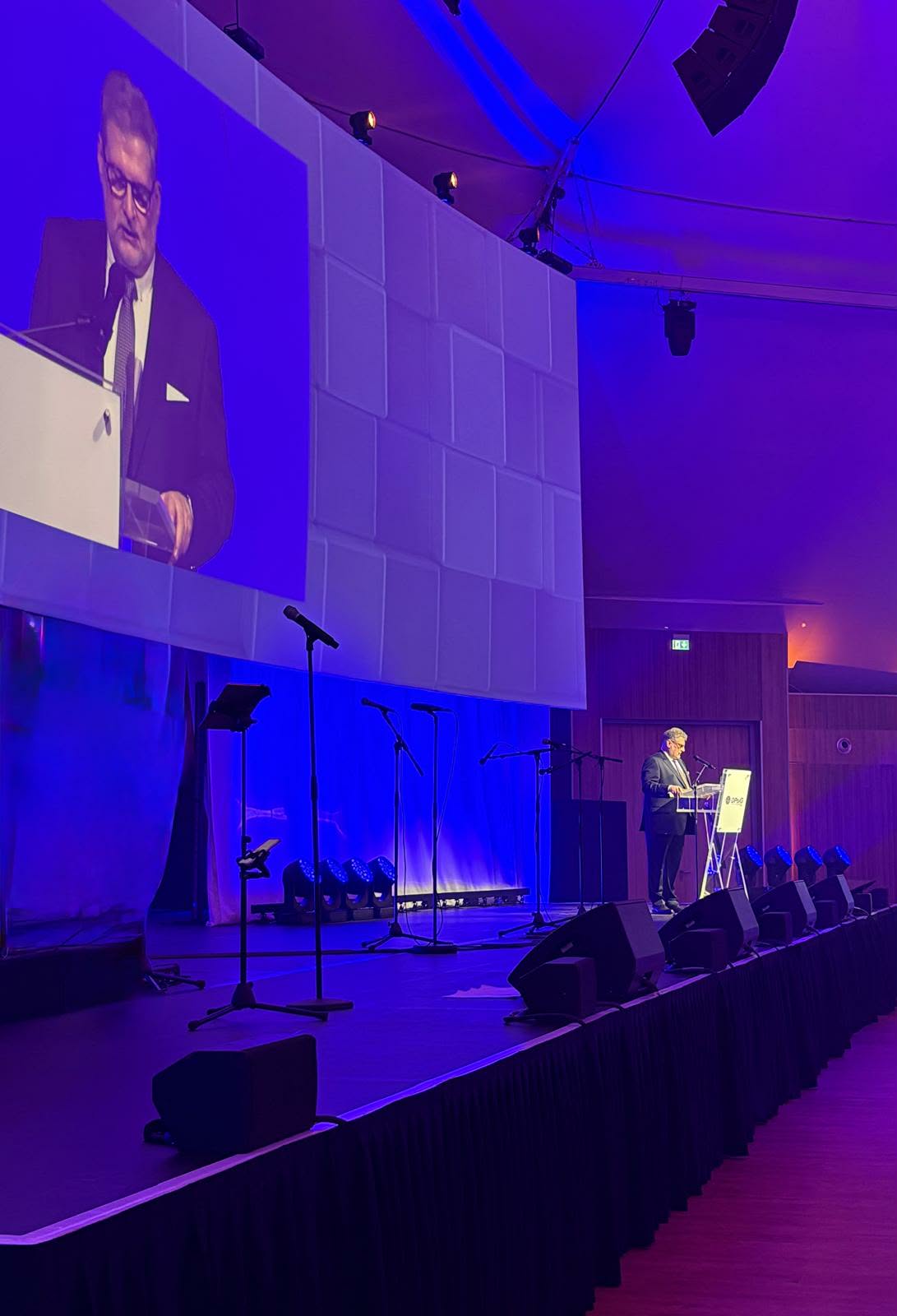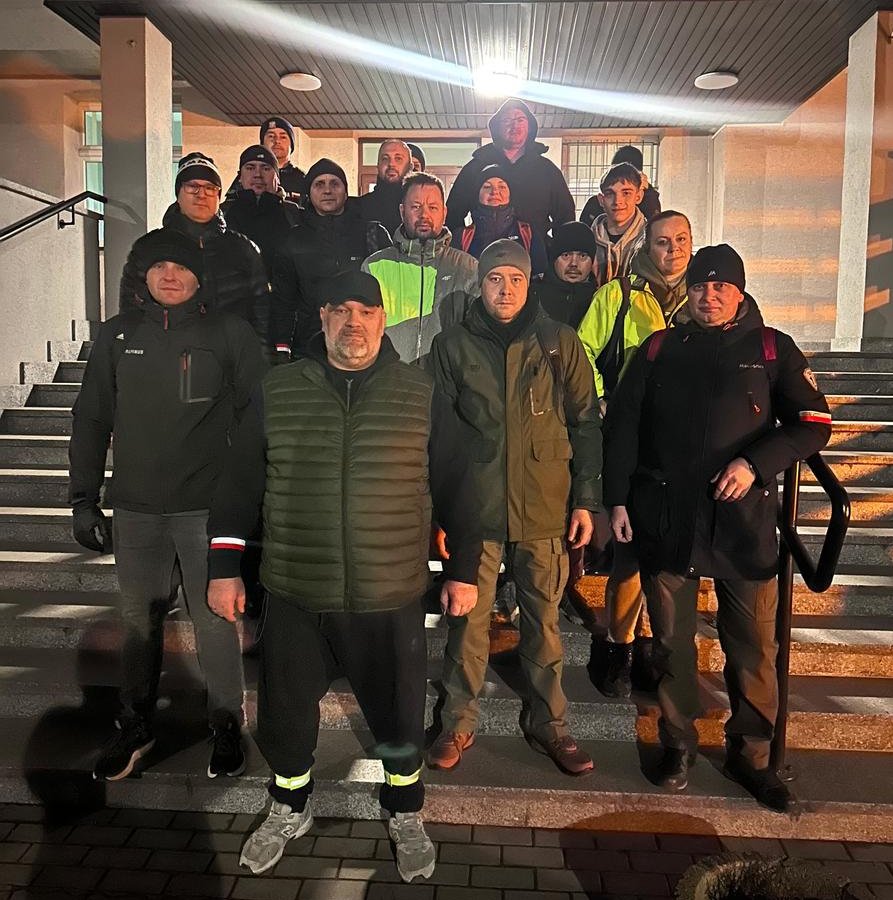Relations between Armenia and Israel have been limited primarily due to the fact that Israel maintains a strategical alliance with Azerbaijan. Israel serves as 1 of Azerbaijan’s main military suppliers, a function that has been pivotal in Azerbaijan’s triumph in the 2020 Second Karabakh War, subsequent military offensives against Armenia resulting in the business of over 200 square kilometers of its border areas in 2021–2022, and the military conquest of Nagorno-Karabakh in 2023. This alliance has created an environment of mistrust, limiting Armenian-Israeli cooperation. Israel has besides exploited the issue of the Armenian Genocide by simultaneously refusing to officially admit it while at the highest levels of leadership invoking it as a political tool against Turkey to deter criticism of Israel’s actions in Gaza. Armenia on its turn recognized Palestine in 2024.
Conversely, Armenia has late strengthened ties with the United States, formalized through a formal strategical partnership agreement signed by the outgoing US Secretary of State Antony Blinken in January 2025. While scepticism initially emerged within Armenian society regarding whether the Trump administration would commit to its implementation, this uncertainty has been dispelled. president Donald Trump, Secretary of State Marco Rubio, and another prominent American officials publically reaffirmed the agreement’s validity, signalling continued support for strengthening US–Armenian relations. respective US delegations and interagency teams have visited Armenia in fresh months to follow up on the implementation of the strategical Partnership Agreement, supporting Armenia’s broader objectives of diversifying its safety partnerships, the civilian usage of atomic energy through tiny modular reactors, and thus reducing its longstanding dependence on Russia. Armenia and the US have besides conducted the joint “Eagle Partner” military exercises in 2023 and 2024.
Despite their fundamentally different political and ideological systems, Armenia and Iran share certain regional interests that have fostered pragmatic cooperation. Armenia has embraced democratic governance and a commitment to human rights. It besides maintains a secular political system, while holding the historical discrimination of being the first nation to adopt Christianity as a state religion. In contrast, Iran is an muslim authoritarian state in which the spiritual authority is profoundly embedded in the structure of political power. Iran’s regional posture is shaped by stigmatization and isolation by the West and economical sanctions.
As regional powers compete over the future of connectivity in the South Caucasus, Iran has emerged as a key actor providing an implicit safety buffer for Armenia amid Azerbaijan’s contentious request for an extraterritorial corridor through Syunik. The contrasting visions represented by the proposed “Zangezur Corridor,” Armenia’s “Crossroads for Peace” initiative, and the Iran–Azerbaijan “Aras Corridor” underscore broader geopolitical rivalries and competing interests over the modalities of regional transport routes.
Azerbaijan’s notion of a “Zangezur Corridor” refers to its request for establishing an extraterritorial way through Armenia’s Syunik state to connect mainland Azerbaijan with its Nakhchivan exclave. The task is backed by both Russia and Turkey: Russia supports the establishment of specified a corridor under the control of its national safety Service (FSB), viewing it as a means to circumvent western sanctions. Turkey, in turn, envisions the corridor as a key component of its broader pan-Turkic or pan-Turan aspirations, linking the Turkic planet through contiguous territory. This notion leaves Armenia in a blockade and threatens its territorial integrity.
Armenia’s task “Crossroads for Peace” envisions beginning regional transportation routes, crossing its territory under its national sovereignty and reduced customs procedures, including from Azerbaijan to Nakhchivan, expecting to usage another regional communications in exchange. European Commission president Ursula von der Leyen suggested that Armenia could become part of the mediate (Trans-Caspian) Corridor, positioning it as a key transit hub between Europe and Asia. However, Azerbaijani president Ilham Aliyev swiftly dismissed the proposal, publically rejecting any plans to include Armenia in the mediate Corridor framework. Prime Minister Nikol Pashinyan has late discussed Armenia’s imagination with Turkish president Recep Tayyip Erdoğan, seeking to convince him that the “Crossroads of Peace” could besides service Turkey’s regional economical interests. Iran, on the another hand, has shown small enthusiasm for the project.
These divergent models of connectivity reflect deeper strategical orientations: Armenia advocates for cooperative, sovereignty-respecting solutions, while Azerbaijan, supported by Russia and Turkey, pursues a coercive and unilateral approach aimed at asserting regional hegemony.
The Azerbaijan-Iran Aras Corridor is an infrastructure task under construction along the Aras River, that connects mainland Azerbaijan to its exclave Nakhchivan via Iranian territory – bypassing Armenia. It reflects the cooperation between Azerbaijan and Iran, and serves as a strategical alternate to Azerbaijan’s demanded extraterritorial way through Armenia. However, it besides diminishes the relevance of transit options through Armenia in regional planning. Iran opposes the alleged Zangezur corridor, viewing it as a threat to its 44 kilometres-long northern border with Armenia, as it provides Tehran with direct access to the South Caucasus and serves as a buffer against regional isolation by Turkey and Azerbaijan for both Iran and Armenia. At the same time, faced with increasing risks, Iran may be tempted to soften its red line on the alleged “Zangezur Corridor” in the hope of reducing Azerbaijan’s support for Israel or securing backing from Russia.
Given the blockade by Azerbaijan and Turkey, Armenia’s access to global markets remains constrained. In this context, Iran and Georgia service as Armenia’s only land gateways to the outside world. Iran provides Armenia with vital connectivity to the mediate East, the Persian Gulf, and South Asia – including increasing strategical and trade ties with India, now an crucial military supplier and trade partner. The viability of Armenia’s border with Iran is so indispensable to its economical safety and strategical diversification.
Since the Trump administration took office, Azerbaijan has reportedly tried to leverage its close relation with Israel to safe tacit approval or at least minimize US opposition to its possible military actions aimed at creating the “Zangezur corridor” through Armenia by force. Nevertheless, elder US officials, including Rubio, have publicly noted a “real risk” of an Azerbaijani invasion of Armenia, emphasizing that the US is actively working to prevent specified an escalation.
This stance combined with the opposition of Iran and the presence of the EU civilian reflection mission in Armenia, effectively service as safety deterrents against a possible Azerbaijani military offensive. The defence of Armenia’s territorial integrity represents a uncommon point of convergence among the US, the EU, and Iran, despite their broader geopolitical disagreements.
A further hazard stemming from the Iran–Israel–US conflict is the erosion of the global rules-based order. The normalization of unilateral military offensives, especially those launched under the pretext of “preventive war” which lacks clear justification under global law, sets dangerous precedents. erstwhile specified actions are driven by ambitions of regional hegemony, they pose an even greater threat. For a tiny state like Armenia, which has late been subjected to cross-border attacks and coercion by Azerbaijan, these developments represent a serious and enduring hazard to its safety and sovereignty.
A critical dimension of the Iran–Israel conflict’s impact on Armenia is the possible hazard of atomic disaster. Military targeting of atomic facilities could trigger catastrophic regional consequences and is so prohibited under global law. Any effort to legitimize specified actions besides sets a highly dangerous precedent. Given Armenia’s proximity to Iran and its tiny territorial size, this hazard further heightens its vulnerability, reinforcing the urgency of returning to negotiations on Iran’s atomic deal.
Looking ahead, possible “regime change” in Iran could trigger profound regional instability, beyond a change in governance system. Iran’s multi-ethnic composition includes about 20 million cultural Azerbaijanis residing close the Armenian border, with a past of irredentist sentiments promoted by both Iranian and Azerbaijani nationalist actors at different times. Any future political upheaval could hazard the fragmentation of Iran’s multi-ethnic structure and destabilization of its border regions. Iran’s Armenian community, estimated at around 70,000 people and recognized as a spiritual number under the Iranian constitution, may face increased safety risks. In specified a scenario, a possible exile influx into Armenia could pose both economical and hybrid challenges for the country.
Ultimately, Armenia faces a strategical dilemma as it seeks to balance neutrality and multi-alignment amid increasing regional and global polarization. It relies on both Iran and the United States as de facto safety deterrents against Azerbaijani aggression. Balancing relations between these 2 actors, who are adversaries in the Iran-Israel conflict, places Armenia in a susceptible position. Maintaining neutrality may become increasingly hard as regional tensions escalate, and Armenia risks becoming a collateral victim of the broader Iran–Israel–US rivalry.
Sossi Tatikyan holds a Master of Public Administration degree from the Harvard Kennedy School, has been a NATO defence College Partnership for Peace investigation Fellow, and is presently a PhD investigator in Sorbonne Nouvelle University. Her main investigation topics are: cultural conflicts, cognitive and information warfare and lawfare, Euro-Atlantic integration, and safety dilemmas of tiny states.
New east Europe is simply a reader supported publication. delight support us and aid us scope our goal of $10,000! We are nearly there. Donate by clicking on the button below.

